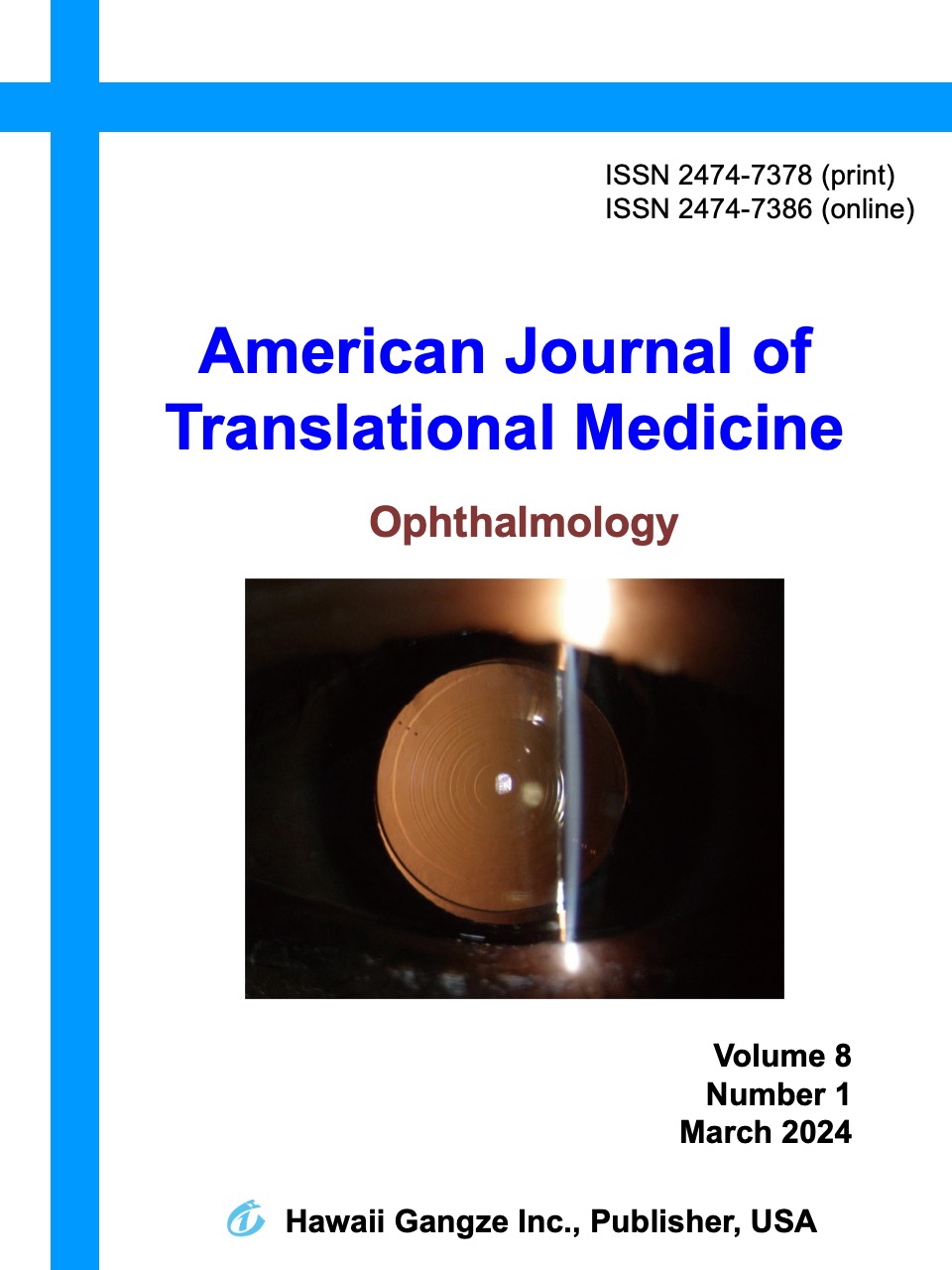Abstract
PURPOSE: To investigate the effects of apolipoprotein E (APOE) deficiency and a high-fat diet (HFD) on retinal structure and function in mice.
METHODS APOE gene knockout (Apoe-/-) mice and wild-type C57BL/6J mice were fed a control diet (CD) or an HFD for 12 weeks. Blood lipids and body weight were measured during this period. Structural changes in the mouse retina were detected by hematoxylin and eosin (H&E) staining, and the expression of rhodopsin protein (Rho) in the control group, CD Apoe-/- and HFD Apoe-/- was detected by immunohistochemical staining.
RESULTS: Apoe-/- mice exhibited lipid metabolism disorders, while an HFD did not exacerbate lipid metabolism disorders based on Apoe-/-. Apoe-/- reduced the thickness of the mouse retina and impaired the function of photoreceptor cells, while Apoe-/- combined with an HFD exacerbated photoreceptor cell impairment.
CONCLUSION: APOE gene abnormalities may lead to structural changes and functional abnormalities in the retina of mice. Based on the lack of the APOE gene, HFD stimulation can further impair retinal photoreceptor function.
Keywords: Apolipoprotein E, high-fat diet, Rho, retina, photoreceptor

